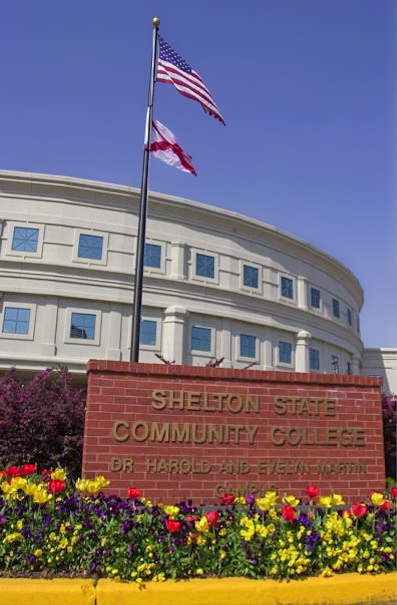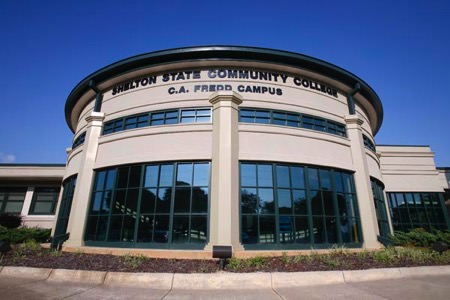Shelton State Community College is part of a state system of public colleges. This system originated in the Alabama Trade School and Junior College Authority Act enacted by the state legislature in May 1963. The governing board for the institutions within this system is the Alabama State Board of Education (ASBE) and the Chancellor, Alabama College System, Department of Postsecondary Education, is the chief executive officer of the system.
Shelton State Community College was established by resolution of the ASBE on January 1, 1979. That resolution combined two existing institutions: Shelton State Technical College, established in 1952, and the Tuscaloosa branch campus of Brewer State Junior College, an institution whose main campus was located in Fayette, Alabama. The Tuscaloosa branch campus of Brewer State had been in operation since 1972.



